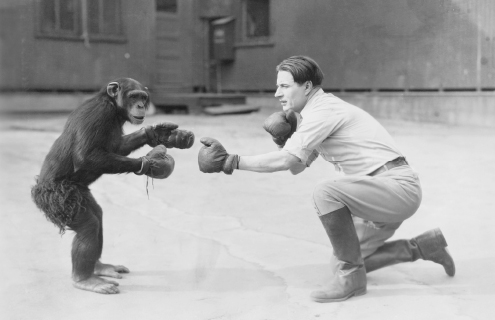Ten years ago, there were just four American states with captive legislation. After several decades of stunted growth, that number now stands at approximately 37.
Ten years ago, there were just four American states with captive legislation. After several decades of stunted growth, that number now stands at approximately 37.
Competition is fierce, and it is more important now than ever that captive domiciles remain competitive if they would like to attract new companies, service providers and clients to their state.
Having lost multiple court challenges against self-insurance constructs, the IRS finally acquiesced in 2002. Since then the business-to-business insurance industry has changed significantly and grown rapidly.
Captives have been given an air of legitimacy following the landmark court ruling, and these days more than 90 percent of Fortune 1000 companies have one.
As well as the major corporations that have been utilising captives for decades, mid-sized companies have also been keen to take advantage of the opportunity to make significant savings on insurance premiums.
It is at this level that Kentucky has capitalised on the growing trend towards captives and captive groups among smaller companies.
Only six other US states have issued more captive licences than Kentucky. Considering that it only legislated for captives in 2000, its rate of growth has been phenomenal.
Brian Brezosky, of the Kentucky Hospital Insurance Company, believes this is partly due to the high standard and promptness of Kentucky’s Department of Insurance.
“When we started our programme in 2003, we were one of the first groups of captives to come on board in Kentucky.”
“Since then, they have very successfully marketed the state as a captive domicile. One of the things that makes Kentucky an attractive domicile is the short waiting time for new applicants. In other states with better-established reputations as captive domiciles, such as Vermont, the waiting times are much greater. One of the things that we considered in setting up our captive was how quickly we could get through the registration process.”
Although it has slowed in recent years, between 2004 and 2012 the state increased its number of licensed captives from four to 127.
Despite these impressive figures, the state still has a relatively low profile as a captive domicile, which is something that it and the companies that do business in it would, no doubt, like to build upon.
Brezosky thinks that the situation is improving. “I think Kentucky’s reputation is getting better and the only thing I would like to see change is the staff numbers at the department, although I understand that they are subject to budget restrictions.”
Mind the gap
Since the mid 2000s, onshore captive domiciles have narrowly outnumbered their offshore counterparts, and this gap is growing. In 2011, 52 percent of captives were domiciled onshore, and by 2012 the figure had risen to 55 percent.
Brezosky partly attributes this shift to improvements at the state level: “If states are willing to work with captive managers to accomplish their goals and to make the administrative process more simple and streamlined, there is less of a need for captives to go offshore. As the expertise in the state department improves, it becomes more attractive to stay in the state.”
As competition increases, it will become harder for states to attract the kind of business they would like to have in their domicile. Kentucky has a reputation as a haven for micro captives. This means that while Kentucky has a vast number of captives, they are mostly relatively small outfits.
This reputation has served the state well, but arguably the domicile could do some larger clients to increase its standing. The reputation it has is self-perpetuating, as other companies in the micro captive market seek out a domicile that is experienced in dealing with their particular requirements.
But the reputation as a haven for micro captives somewhat limits the profile of Kentucky as a captive domicile. The state is famous for its fertile pastures and thriving population of whitetail deer. In this venerable animal farm, all captives are equal, but some captives are more equal than others.
Section 831(b) of the US tax code has existed since 1986. Why is it so popular now among the kind of mid-size companies that Kentucky attracts?
Tax reforms under the Bush administration prevented small property and casualty insurers from underwriting investment income taxes. The 2003 reforms limited 501(c)(15) eligibility to the extent that the provision was effectively removed for the purposes of most insurers.
Another reason is that these days more risk managers and board level personnel are becoming aware of the existence and advantages of captives.
There are many business cases for joining a group captive or being part of a cell facility and pooling capital. However, absolute control over insurance structure via a pure captive continues to be the most popular captive insurance method.
Appealing to this popularity and attempting to attract more pure captives would be a step in the right direction for Kentucky.
If Kentucky can continue to market itself as a state that is open for business, and diversify its appeal to a broader range of companies, the state will have a long future ahead of it as a successful captive domicile





